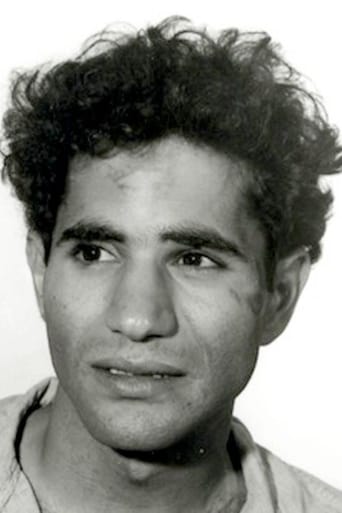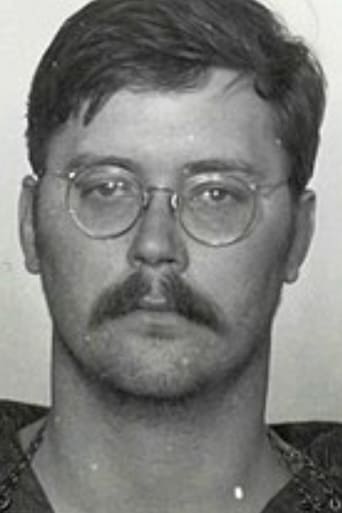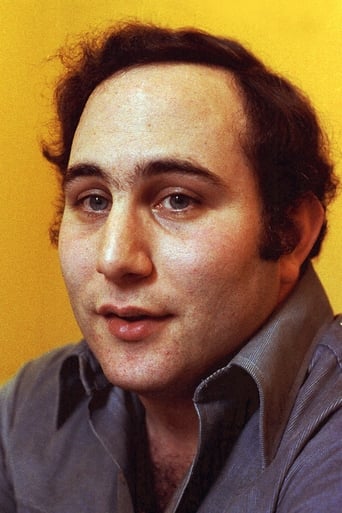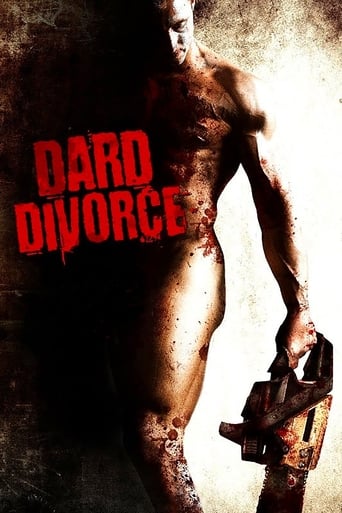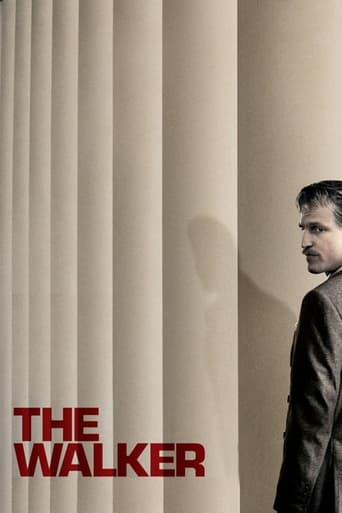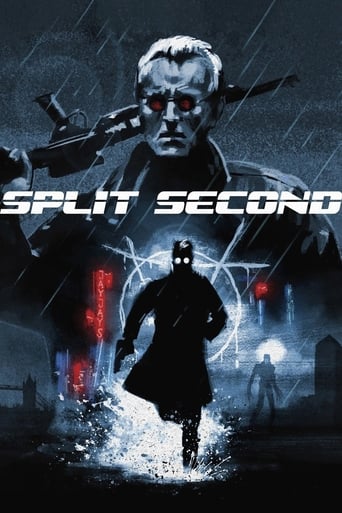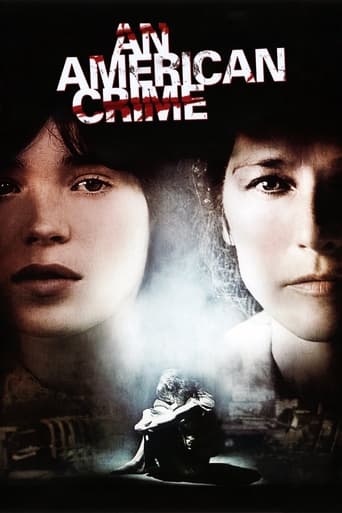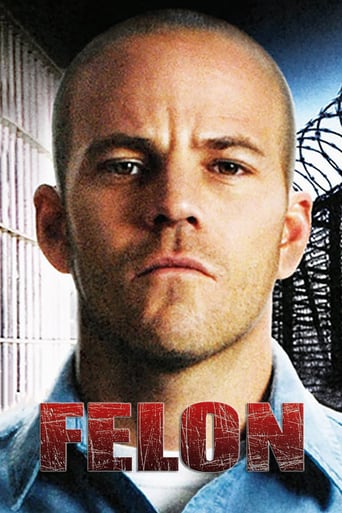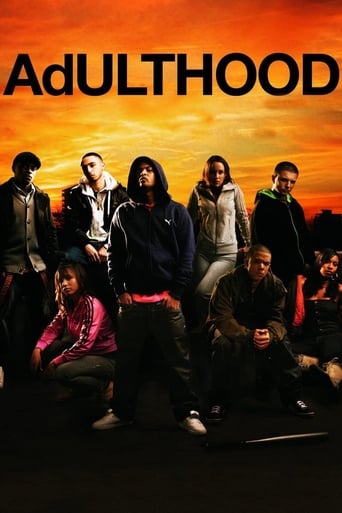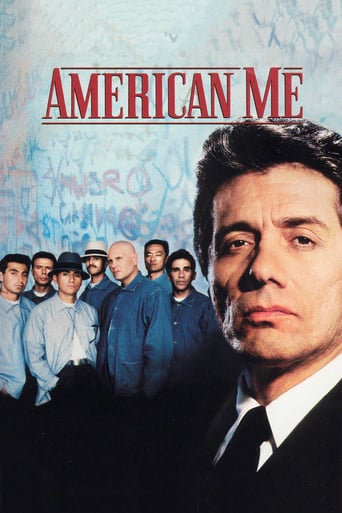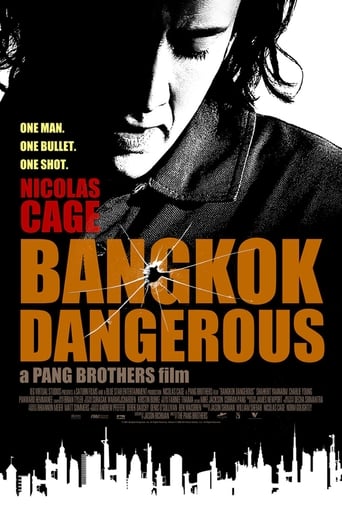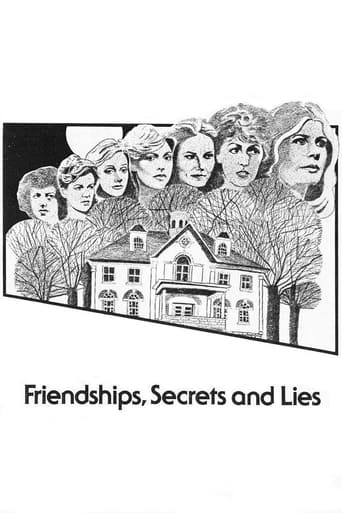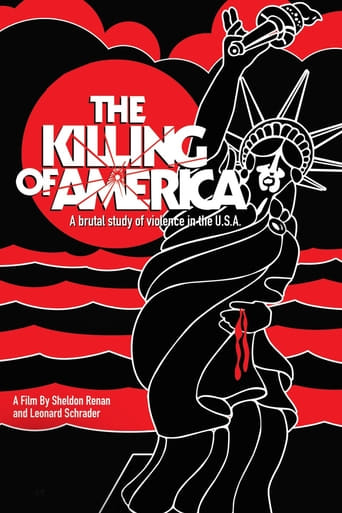
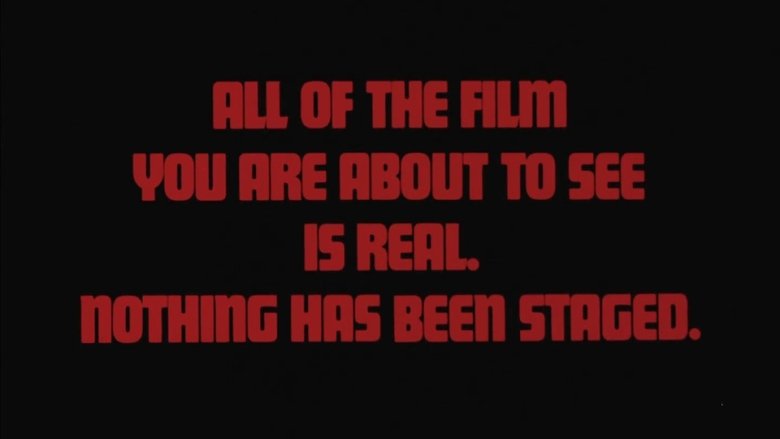
The Killing of America (1982)
A documentary of the decline of America. Featuring footage (most exclusive to this film) from race riots to serial killers and much, much more.
Watch Trailer
Cast


Similar titles
Reviews
Such a frustrating disappointment
Powerful
Excellent, smart action film.
This is a coming of age storyline that you've seen in one form or another for decades. It takes a truly unique voice to make yet another one worth watching.
It's a documentary in the mold of the mondo films or Faces of Death, and the film mostly consists of archival footage, but some of it appears to have been shot by a cameraman specifically for the film (The Kennedy assassination zoom in shots on the window and tracking shot inside the interior where Oswald fired and the man demonstrating Whitman's behavior appeared as if they might have been made just for this film, as well as some of the earlier footage). Obviously don't watch it if you're unwilling to see violent and gruesome images. Often it just discusses the material and has little graphic material to show, but they don't shy away from people being shot on screen and even a few suicide or after death photos.The beginning was the most interesting part because all of the footage was just everyday violent scenes and showcased the gritty streets of the most dangerous American cities. It seemed initially like it had an underlying message and was more artfully directed than something like FoD. Quite a depressing atmosphere to the whole thing, but then all of the iconic scenes of successful or attempted assassinations of famous figures (Wallace, Reagan, MLK, JFK, and his brother Robert), followed by a few mass shootings/snipers, serial killers, Jonestown, etc. occurred--some more obscure than others. Though it's interesting if you haven't seen a lot of this footage, it does become a bit rote, especially if you're familiar with any of the content. I'd already seen the footage from Bundy and Kemper, and a few others--unfortunately, most of the archival footage is not edited together in a unique way and has rather banal commentary.Aside from some occasionally inventive editing and the strong start, and some decent music choices, most of the footage is available on Youtube, and this is only of note as a clip compilation film with little direction other than to document a bunch of violent scenarios, usually by category rather than chronologically. It offers no real insight into the American condition, why the violence occurs, or how to ameliorate it, and very few statistics (all shoehorned in at the beginning). It's also wrong at a few points--average IQ for murderers of the type presented tend to be below 100, but the more charming and higher IQ killers usually get all the media attention (Might have been flimsy data at the time, but I'm just pointing that out). As well as the odd suggestion that people in prison for life or with a long sentence would be released because of prison overpopulation or something (They presumed Sirhan Sirhan would be released just 3-4 years after the film debuted in '81). Absolutely no documented information is included to substantiate any of these claims or even any concrete examples are given (they could have at least interviewed a few cops or legislators or something). The ending with Lennon's peace vigils is rather tepid, but it seems they were pressured to end on a more positive note.A quick listing of footage or details in the film: Wallace, Lennon, Reagan, MLK, JFK, and his brother Robert (there are also Sirhan Sirhan interviews), all either successfully or unsuccessfully assassinated; Ted Bundy, Edmund Kemper, Wayne Henlon and Dean Corll, Brenda Spencer, John Wayne Gacy, Mark Essex (and two others), Charles Whitman, Jonestown Massacre, Tony Kiritsis, Manson Family, Robert Smith, James Hoskins, and some very brief footage of the Vietnam War. There's some other content, but that's the bulk of it.
The latter half of the 20th century was rife with societal and political turmoil in the United States of America, and this resulted in a wave of violent crime that continued to the end of the century. There are many contributing factors attributed to this spike in violence, including mass proliferation of guns and drugs, overcrowded prisons, immoral foreign wars, crooked politicians, and poor economic conditions, but The Killing of America focuses mainly on how ingrained violence is in American society, and how we consider violence a part of our cultural identity.The Killing of America tackles this subject with uncompromising reality, using rare and often shocking archival footage to shock the viewer into submission. However, the film never comes off as an exploitation film. Although the footage is often brutal, it is used with journalistic integrity.The documentary focuses on a host of violent events in recent history such as assassinations, hostage situations, robberies, spree killings, and serial killings. Many of the subjects the film covers are famous, such as the Kennedy assassinations, while others are more obscure, especially for people like me who weren't alive to experience the events as they happened. Many of the situations are shocking, and a lot of the footage included in the movie is so effective that it may change your perception of what it means to be a violent criminal.We see killers of all kinds, from all walks of life in America. We understand after viewing that violence can happen anywhere, at anytime, to anyone, by anyone. It paints a picture of a society in deep turmoil based on race, class, politics, and sometimes for no reason at all. Its almost as if the country is constantly at war with itself, with absolutely no sense of togetherness as a nation.The Killing of America is one of the most shocking and effective documentaries I've ever seen. it is continually engaging and throughout its running time never loses steam. Its use of archival footage and music is some of the best I've ever seen in a documentary. It is a raw piece of filmmaking that exposes the true face of American society. I highly recommend this film to any fans of good documentaries or anyone with an interest in American society.
I first saw this movie as a young teenager in about 1984. Back then I never really got the seriousness of what "Killing of America" was trying to do. In many cases I found myself watching it just to see scenes of violence like it was any random horror movie. Subsequent views have had a polarising effect considering how I once viewed the same footage.Killing of America, is a shockumentary, nothing more nothing less. It's role is not to delve into why the violence is happening or what is turning middle America against itself. I don't believe any movie or documentary can successfully do that, given that there are simply too many factors for why such violence exists.For the film to generate the shocks that it does, even where the extreme violence is 50 years ago, is powerful in itself.The reasons of why Charles Whitman decided to climb the university tower and just open fire on random strangers is never explored, but the fact that it happened, seemingly without any real provocation should be enough to make people stop and question.The reasons why Robert Smith entered a beauty college and callously slaughtered 5 people, one of them a 3 year old, are never revealed, only stating that he "wanted to get known". That is the real nature of this film. It's appeal is in its straightforwardness.The narration doesn't focus on gender or on race. There are crimes of white on black violence, just as much as black on white violence. However the undertone of how easily accessible guns are to people who obviously can't handle them and shouldn't be anywhere near them is evident throughout. The random almost inexplicable assassination of Martin Luther King who just wanted peace, to the equally bizarre assassination of Robert Kennedy by Sirhan Sirhan who claimed he didn't remember doing it.There's footage of a police officer explaining how a shotgun can easily be purchased in any store or supermarket and also footage of alleged gun reforms that just don't go far enough, so the Killing of America is predominantly about gun violence, but again it's role is not to explain why the violence exists, but the fact that it does exist and that it's almost becoming acceptable due to how commonplace it is.Yes there are a few anachronisms in the film, but these center around the use of numbers and statistics. It's unlikely that all this violence had a turning point in 1963, however one has to think that that date was chosen due to how traumatised America and most of the world was when Kennedy was assassinated, more so than ever before. Kennedy was not the first U.S president to be assassinated; Abraham Lincoln anyone?The 1960's was not the first decade of serial killings either, given that the Charles Starkweather case happened in the late 50's and Bonnie & Clyde were way back in the 30's, but the 60's seemed to be the decade where so much happened in a relatively short span of time, from race riots, excessive almost daily violence, and an ongoing war both political and actual.Overall this is a powerful film that achieves what it sets out to do. Much in the same way images of cancer are put on cigarette packs in some countries, this film is meant to be an in your face account of just how far and how fast society is sliding and continues to do so in the present day. It leaves out the psychological analysis of why and just presents the evidence as bleak as it is. If you can manage to locate a copy buy it and keep it.
I have the Japanese video. The narration was all in Japanese while all the footage was subtitled. Good thing because I heard the English narrator drove people crazy with his long pauses.America from 1960-1980. Showing everything from police standoffs to assassinations to serial killer trials. Nothing is left out. You suddenly realize a lot more was filmed than they would let you see on the news.The street scenes of L.A. were interesting but the morgue & autopsy scenes were a bit much.Personal favorite scenes? James Hoskins in Cinncinati and Anthony Kiritsis in Indiannapolis. Kiritsis definitely has a commanding presence.


